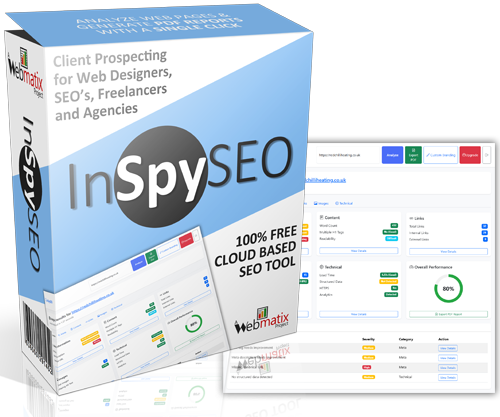Marketing Automation and Customer Retention: A Winning Combination
In today’s fast-paced business world, marketing automation has become a critical tool for companies striving to enhance customer retention. As competition intensifies, businesses must not only attract new customers but also keep existing ones engaged and satisfied. This article explores how marketing automation can significantly boost customer retention and provides actionable insights for implementation.
Understanding Marketing Automation
Marketing automation refers to the use of software and technology to streamline, automate, and measure marketing tasks and workflows. It allows businesses to create personalized experiences for their customers, enhancing engagement and loyalty. Here are some key components of marketing automation:
- Email Marketing: Automated campaigns that send targeted emails to specific customer segments.
- Lead Generation: Tools that capture and nurture leads through various channels.
- Customer Relationship Management (CRM): Systems that help manage and analyze customer interactions and data.
- Social Media Management: Automating posts and interactions on social media platforms.
The Importance of Customer Retention
Customer retention is the ability of a company to keep its customers over time. It is much cheaper to retain existing customers than to acquire new ones. Here are a few reasons why customer retention is vital:
- Cost Efficiency: Retaining customers reduces the need for constant marketing efforts to win new clients.
- Increased Revenue: Loyal customers tend to spend more and are likely to recommend your business to others.
- Brand Loyalty: Strong customer retention builds brand loyalty, creating a community around your products or services.
How Marketing Automation Enhances Customer Retention
Integrating marketing automation into your strategy can profoundly impact customer retention. Here are some ways it can help:
1. Personalized Communication
With marketing automation, businesses can segment their audience based on behavior, demographics, and preferences. This allows for personalized communication that resonates with customers. For instance, sending tailored emails based on previous purchases increases the likelihood of repeat sales.
2. Timely Engagement
Automated systems can trigger messages based on customer actions. For example, if a customer has not interacted with your brand for a while, a reminder email can be sent. This timely engagement keeps your brand top-of-mind and encourages customers to return.
3. Improved Customer Experience
Automation tools can provide customers with immediate responses to inquiries, enhancing their overall experience. Whether it’s through chatbots on your website or automated email replies, quick responses foster a sense of reliability and trust.
4. Targeted Promotions and Offers
Marketing automation enables businesses to create targeted promotions for specific customer segments. For instance, you can offer exclusive discounts to loyal customers, making them feel valued and appreciated.
5. Analyzing Customer Behavior
One of the significant advantages of marketing automation is the ability to analyze customer interactions. By understanding how customers engage with your brand, you can refine your strategies to better meet their needs. This data-driven approach allows for continuous improvement and adaptation.
Implementing Marketing Automation for Customer Retention
To effectively leverage marketing automation for customer retention, consider the following steps:
1. Choose the Right Tools
There are numerous marketing automation tools available, such as HubSpot, Mailchimp, and Marketo. Evaluate your business needs and choose a platform that aligns with your objectives.
2. Define Your Goals
Set clear goals for your marketing automation efforts. Whether it’s increasing customer engagement, boosting sales, or improving customer satisfaction, having defined objectives will guide your strategies.
3. Segment Your Audience
Divide your customer base into segments based on demographics, behavior, and preferences. This segmentation will enable you to create targeted campaigns that resonate with each group.
4. Create Valuable Content
Content is king in marketing automation. Ensure your automated emails, social media posts, and other communications provide value to your customers. This could be in the form of informative articles, helpful tips, or entertaining content.
5. Monitor and Optimize
Regularly analyze the performance of your marketing automation efforts. Look at metrics such as open rates, click-through rates, and conversion rates. Use this data to optimize your campaigns continuously.
Conclusion
Incorporating marketing automation into your customer retention strategy can lead to significant improvements in customer engagement and satisfaction. By personalizing communication, providing timely engagement, and analyzing customer behavior, businesses can foster loyalty and drive revenue growth. Start implementing marketing automation today to create lasting relationships with your customers and ensure your business thrives in the competitive landscape.

Leave a Reply